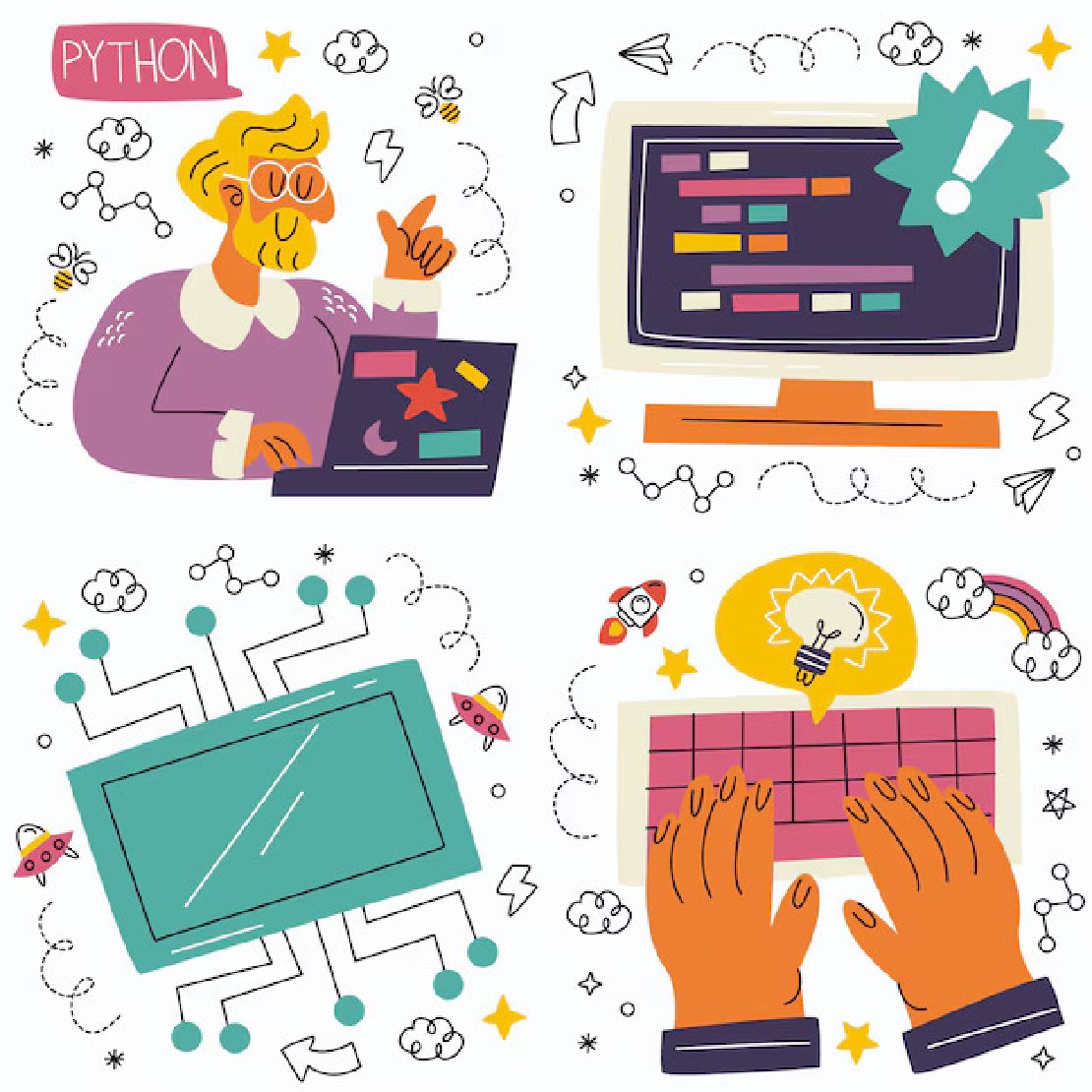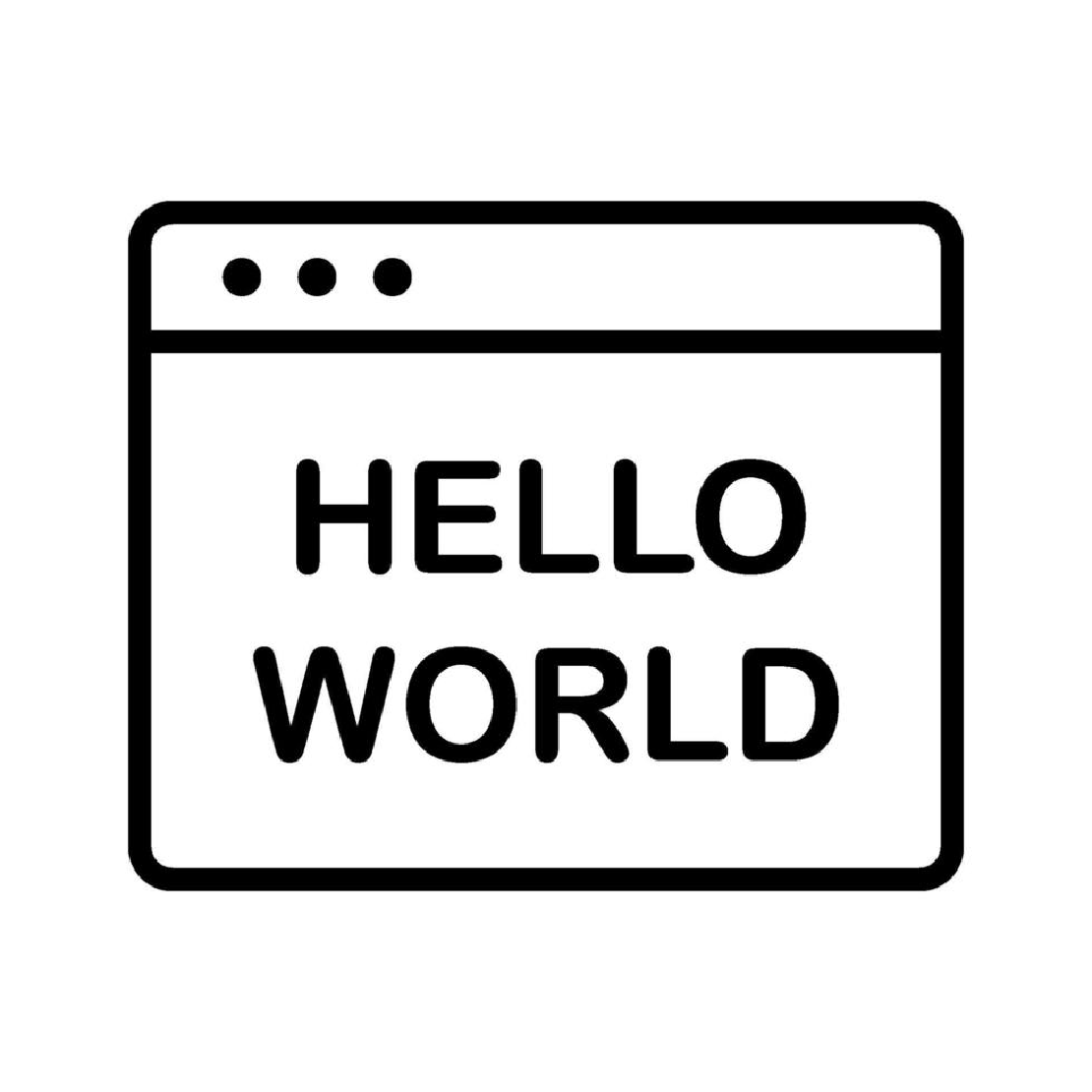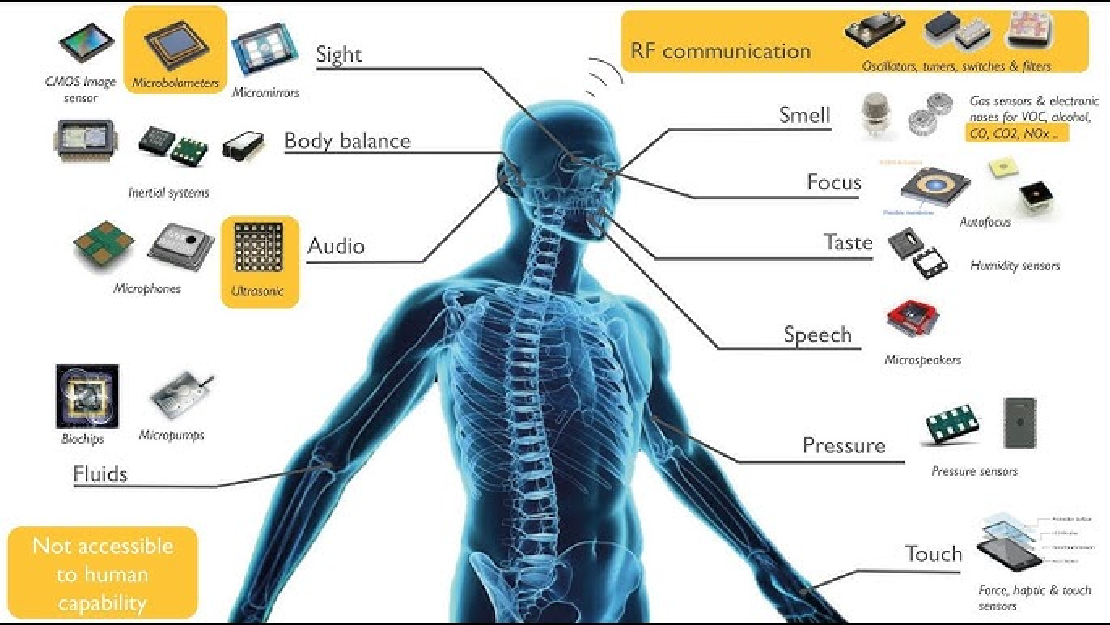
Why Should You Start Solving Puzzles? #PID1.0
Whether it’s a crossword, Sudoku, or a complex jigsaw, puzzles have a unique way of capturing our attention. But what makes solving them feel so rewarding? Beyond the entertainment, puzzles play a significant role in enhancing cognitive abilities, improving problem-solving skills, and offering a tangible sense of accomplishment.
At their essence, puzzles present structured challenges. They prompt us to ask, “How do I figure this out?”—a question that resonates well beyond recreational activities. In many ways, life itself can be viewed as a series of puzzles, each requiring thoughtful decisions, strategic approaches, and adaptability. Developing puzzle-solving skills can equip us to handle larger, more complex challenges with confidence.
Why Solve Puzzles?
Engaging with puzzles is comparable to exercising the brain. They support memory retention, concentration, and cognitive flexibility. Additionally, puzzles foster patience, persistence, and creative thinking—skills applicable in fields ranging from software development to everyday problem-solving.
Completing a puzzle also stimulates a dopamine release in the brain, providing a sense of reward. This combination of mental exercise and positive reinforcement contributes to their enduring appeal.
Coding: A Digital Puzzle
Programming is often described as one of the most intellectually satisfying forms of problem-solving. Every feature implemented or bug resolved represents a mini-puzzle—requiring logic, creativity, and precision.
Those familiar with debugging or optimizing code know that programming is both an evolving challenge and a continual learning process. As tools and requirements shift, so do the problems—and the satisfaction of building functional, elegant solutions remains consistent.
Physical Puzzles: Engaging Both Mind and Body
Physical puzzles, such as the Rubik’s Cube, engage both mental and physical faculties. These types of challenges activate logical reasoning while also enhancing spatial awareness and fine motor skills. The process of manipulating a physical object while working through a solution engages multiple regions of the brain, offering a holistic cognitive workout.
Solving physical puzzles often requires a combination of strategy, precision, and patience—attributes that extend to a wide range of disciplines and tasks.
The Rubik’s Cube: A Learning Experience
The Rubik’s Cube is a timeless example of a puzzle that combines logic, memory, and pattern recognition. Like many, my initial attempts were far from successful. But through practice—and a few tutorials—I was able to understand the underlying logic and eventually solve it.
Solving the Rubik’s Cube helps develop a structured approach to problem-solving. It encourages thinking several steps ahead, recognizing patterns, and maintaining focus under pressure.
Rubik’s Cube Solver: A Project Overview
The Rubik’s Cube Solver series merges physical problem-solving with technical implementation. The goal is to design a system that can autonomously solve a Rubik’s Cube—integrating mechanical understanding with algorithmic efficiency.
The project involves simulating the cube’s mechanics, writing solution algorithms, and eventually building a hardware prototype. While the implementation is still in progress, the process offers opportunities for exploration, optimization, and iterative learning.
Note: The project is currently in its simulation phase. Hardware integration and performance improvements are ongoing. The series documents this development journey step by step.
Introducing the PID Series
The Rubik’s Cube Solver is the first in the PID: Project IN Detail series—a collection that provides insight into technical projects, including design processes, problem-solving methods, and key takeaways.
Upcoming posts will cover foundational Rubik’s Cube solving techniques before transitioning into how algorithms and computer vision can automate and optimize the process.
Getting Started
Puzzles offer a valuable framework for developing critical thinking and adaptive problem-solving. Whether you’re a programmer, a puzzle enthusiast, or simply curious, this series is designed to offer something for everyone.
With that, let’s begin the journey into the world of puzzles—step by step, and twist by twist.
Related Posts

Hello World!! (Why I Built This Blog)
Hello, and thank you for visiting. My name is Jagadeesh, and this blog is a personal and professional record of my journey through college, projects, and the experiences that continue to shape my interests and aspirations.
Read more
Sensors in Robotics: How Ultrasonic, LiDAR, and IMU Work
Sensors are to robots what eyes, ears, and skin are to humans—but with far fewer limits. While we rely on just five senses, robots can be equipped with many more, sensing distances, movement, vibrations, orientation, light intensity, and even chemical properties. These sensors form the bridge between the digital intelligence of a robot and the physical world it operates in.
Read more
Debugging a Robot In Simulation Before You Burn Wires
Hardware does not come with an undo button. Once you power it on, mistakes—from reversed wiring to faulty code—can result in costly damage. Motors may overheat, printed circuit boards (PCBs) can be fried, and sensors may break. These issues turn exciting projects into frustrating repair sessions. The autonomous drone shown above, designed for GNSS-denied environments in webots as part of the ISRO Robotics Challenge, is a perfect example—where careful planning, testing, and hardware safety were critical at every step
Read more